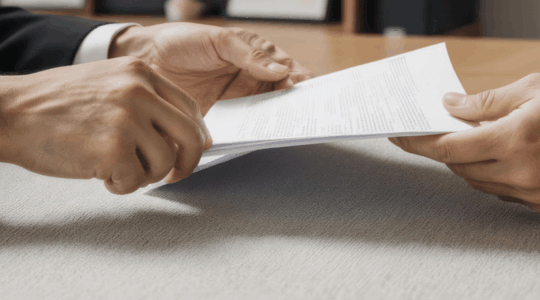Personal Insurance
Why Some Homes Are Harder to Insure
Tips for Hard-to-Place Homes
September 24, 2024
Although it’s always important to purchase homeowners insurance to protect your investment, some homes are harder to insure than others. These homes, referred to as “hard-to-place homes,” are usually exposed to a large number or variety of risks, and insurance providers are more hesitant to provide coverage for them. Keep reading to learn more about hard-to-place homes.
Common Considerations for Insurers
Here are some common reasons homes can be considered hard to place and steps you can take to make insurers more likely to cover your home.
Natural Disasters
Homes in areas of the country more prone to disasters such as wildfires, earthquakes, and hurricanes can be more challenging or expensive to insure. Take steps to install weather-resistant additions to your home, such as a reinforced roof and shutters. Learn more about natural disaster risk management.
Vacation Homes
If you don’t use your home throughout the year, you may not be aware if it suffers damage, such as a break-in or broken water pipe. If you own a vacation home, install a security system that will alert you if any damage occurs. Learn more about protecting your home while you are away.
Dangerous Features
If your yard has equipment such as a play set, pool or trampoline or is located near natural hazards such as a steep drop or body of water, you could be held liable for damage to anyone on your property. Install fencing to guard against natural hazards and prevent strangers from trespassing on your property.
Property Age
Older homes may have outdated electrical, HVAC, plumbing and/or roofing. Additionally, architectural features that add to their aesthetics could be costly to replace. Purchasing a policy with guaranteed replacement cost will reduce the risk of being under-insured. Be sure to keep your insurance representative aware of any improvements you make to your home to make it easier for insurers to assess.
Insurers will also be interested in the roof's age and condition. Many carriers are adding actual cash value endorsements to policies that reduce the amount paid for a claim when a roof exceeds a certain age. For example, if the roof's life is 50%, the carrier may only pay 50% of the claim.
Claims History
Insurance companies are using historical claims data to determine the characteristics of a home that leads to losses. In addition to the number of claims an owner has placed, the types of claims also impact insurability. The historical claims data tells the carrier that, for example, if you have suffered a broker pipe in the home, you are 2.5 times more likely to have another one. Similarly, if you file a jewelry claim, you are three times more likely to file a second one.
FAIR Plans
Even if you take steps to insure your home, it’s possible that you won’t be able to find a policy on the standard insurance market. However, every state has home insurance programs called Fair Access to Insurance Requirements (FAIR) plans. These plans act as an insurer of last resort and can only be obtained if you’ve sought other insurance and made improvements to your home to limit potential liabilities.
Visit the National Association of Insurance Commissioners website to learn more about FAIR plans in your state. Contact us today for more home protection guidance and homeowners insurance solutions.
Related Reading: Is Your Home Properly Insured for a Hurricane?
The above information does not constitute advice. Always contact your insurance broker or trusted advisor for insurance-related questions.


